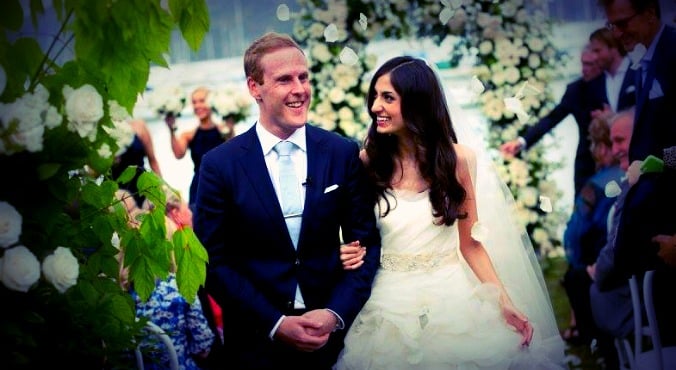
Image: Supplied.
“Don’t you dare chop your hair.”
“No, no, no, no, no.”
“Don’t you do it.”
I did it anyway. I chopped all my hair off into a long bob – a rather long bob, but that still counts, right?
Quite frankly, these sorts of how-very-could-you comments had a counterintuitive effect on me. I hate the idea of having my identity tied to any one thing – a bodily feature, in particular. But that’s exactly how I had been feeling, tied to my hair.
It was long. It was thick. It was heavy. And it was very, very bridal.
It may sound superficial – OK, you can probably delete the word ‘may’ from there – but a hairstyle, any hairstyle, has a particularly uncanny way of marking a certain period in our lives – the places we lived, the job we walked to each and every day, the partner we were with, even ‘that’ dress; the one we probably should have thrown away after the very first wear.
Think about it.
If we look to Hollywood (like any very accurate, very non-scientific study would) it’s clear that there’s often more to a haircut then well… hair, papaya exfoliants and leave-in coconut oil treatments.
Take Hilary Swank – on November 1 2007, the actress finalised her divorce from actor Chad Lowe. And on November 2 she allowed Oprah to snip away at nine inches of hair in front of millions of viewers. In her words, “Divorce, schmivorce.”
Meanwhile, Emma Watson tamed her signature frizz with a close-cropped pixie cut after the filming of Harry Potter finally came to an end.
Speaking to The Metro she said, "[It] felt, right, I’m 20, I’m not a little girl any more... I needed a drastic change and that’s what the crop was all about."
As women, we tend to instinctively opt for a chop after a big life change. But why?